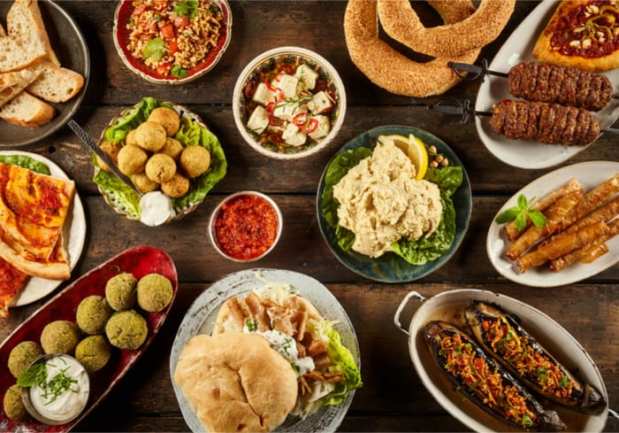Tastewise Brings Data To Dining

Food is big business — and getting the right flavor onto the right pallet is literally $1.5 trillion a year industry. And getting on top of the right food trend can be a lucrative line — a fact that America’s pork producers learned over the last decade with the exploding bacon trend,
But how to fix on the big food trend before it happens, that’s not easy work. What makes Americans flip for cupcakes in one generation when they loved fondue in another? Why were jello salads once common and now are relegated to the pile of food errors of the recent past?
That has been the problem for food producers, grocery chains and restaurants, who know a lot about what consumers eat already, but don’t have much in the way of data about what consumers are going to eat next. Sometime brands hit it lucky, sometimes a very concerted marketing effort makes all the difference — but what flavors define a food trend have heretofore mostly been mysterious.
But Tastewise, an Israeli startup, thinks it can fill in the holes here — and actually use data to figure out the consumer palate and possibly where it is going next.
Tastewise uses artificial intelligence (AI) and machine learning to analyze food — or more specifically it uses it machine learning to analyze the billions food and beverage consumer interactions with food documented online — and presents its findings to restaurants and brands hoping to quickly pinpoint emerging areas of consumer demand.
Social media, according to the brand, is the secret sauce ingredient that makes its platform so successful — and the uncountably large number of food pics snapped by avid Instagram and Facebook users worldwide.
And human observers, according to the firm, can’t find patterns in the data due to sheer overwhelming amount. There are nearly 100 million food-related Instagram posts per day and even with a 24/7 fleet of human workers viewing all the images, let along drawing any insights from them, would simply be impossible
But a smart algorithm programmed to do nothing but study food images can get a very clear insight into the trend lines in what people are eating and sharing with the rest of the world.
“Technology can give restaurants the insight they need to stay ahead of trends,” Tastewise CEO Alon Chen noted.
Some of the stuff they learn, he noted, is perhaps unsurprising — healthy food is in high demand. But what Tastewise can do is put a number on that — in this case $9 billion to measure the restaurant demand for healthy food in the U.S.
“When we pinpoint the analysis, which we can do with AI, we can see regional distinctions, for instance, Philadelphia diners want more organic options — with a $53 million unmet opportunity which can be exploited by regular or virtual restaurants like UberEats.”
Food, Tastewise notes, is a big marketplace — and a competitive one. Fewer than one in 10 new restaurants survive more than five years.
“From 2017 to 2018, restaurant hopping increased by 160 percent. That’s a huge jump in a year. Based on our research, the reason is that more restaurants are focusing on fewer items, sometimes just one signature dish,” he said. “Consumers are choosing to restaurant hop and eat each part of their meal at a different restaurant. This ensures the best culinary experience and, of course, more Instagrammable food moments.”
Moneyballing food seems like an out-of-the-box idea — and according to Tastewise, it is gaining increasing traction in the industry as restaurants are seeking to find ways to stay ahead in a world where customers are more likely to visit sporadically than become long-time regulars.
According to Chen, one of its partners, Marriott, is already changing its food and beverage experience based on the AI and analytics that Tastewise has provided.
And that experience, he noted, will be more common, particularly as it becomes clear that AI works. The route to customers’ hearts may be through their stomachs, according to Tastewise — but the best way to get at their stomachs is with a good algorithm that really understands what they like to eat and why.
